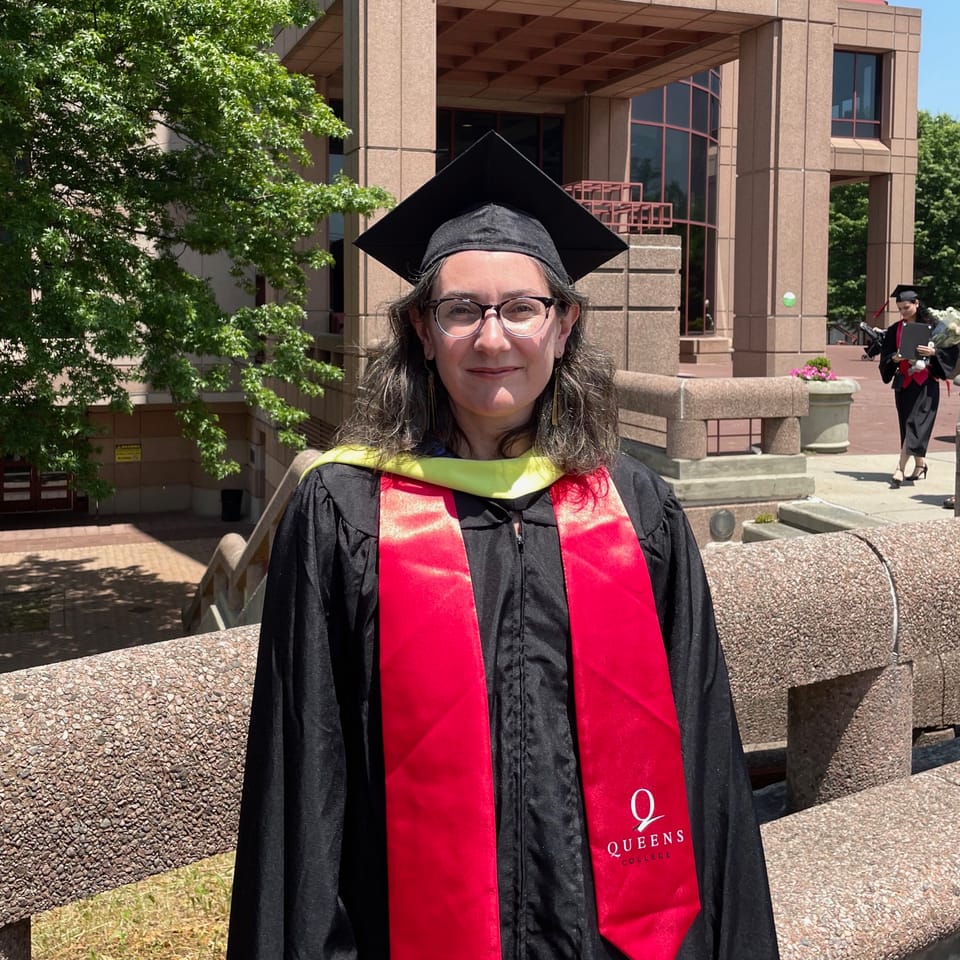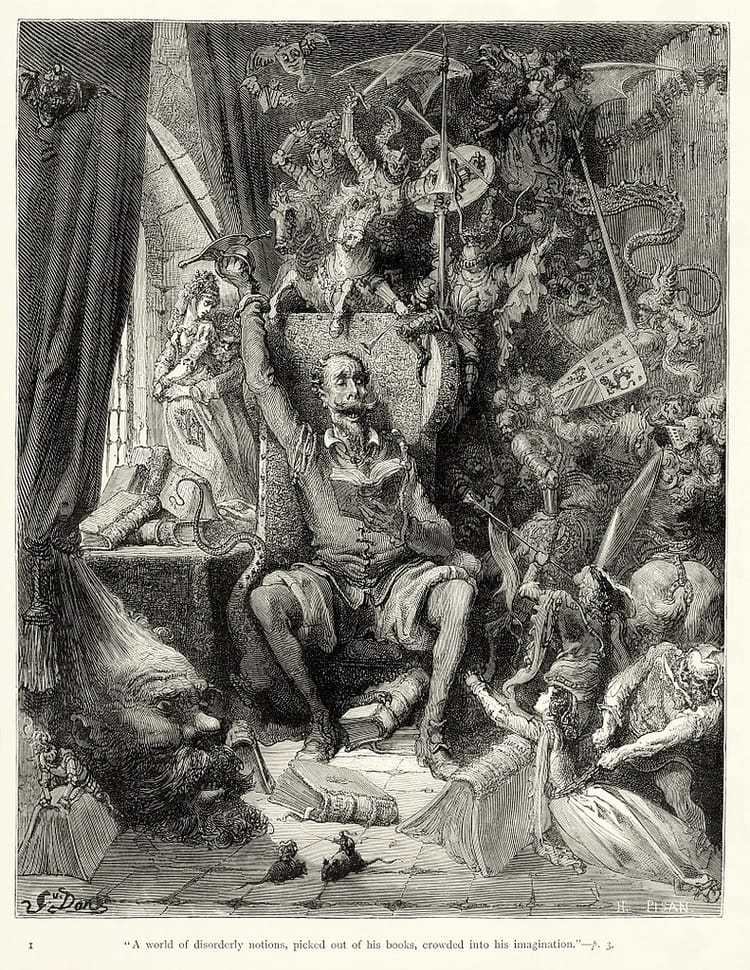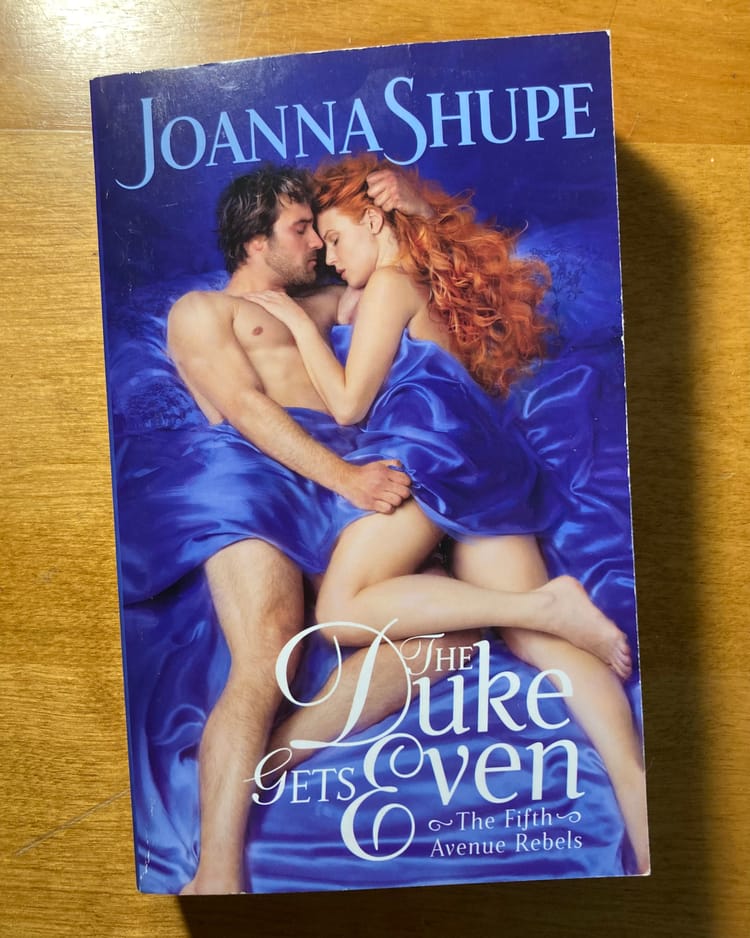ideas of order

To celebrate the awarding of my MLS degree, tonight we will be watching Party Girl, the story of how Mary, the titular party girl, uses library science to create order and find purpose in her life.
The tool she most frequently cites is the Dewey Decimal System, a classification system created in 1873 by Melvil Dewey and now used to organize library collections throughout the world. The purpose of a classification system is to assign a code to an item so that the item can be shelved and then later retrieved from a unique and stable location in the library among other items on the same or related subjects. In his system, Dewey attempted to divide all knowledge into ten main classes—e.g., class 100 is for philosophy and psychology, class 200 is for religion, class 300 is for social sciences, and so on. Each main class is subdivided into ten divisions, designated by the number in the tens place, and each division into ten sections, designated by the number in the ones place. The system is hierarchical: each topic is part of the broader topic above it within a class. The system is also flexible: numbers are extensible to the right of the decimal point according to rules set forth on tables whose application makes my head spin. The work of classification might look like math—numbers are involved—but it isn’t, really.
Melvil Dewey was a truly awful person, as Mary’s godmother Judy tells her in one of her many rants in the movie, and his system has inscribed Eurocentric biases into libraries. (Consider the divisions in class 200, for example, or class 400.) And the reality that not everything clearly fits into just one spot in the system’s hierarchies is reflected in the existence of something delightfully called the “table of last resort,” which provides guidelines for selecting a number for an item to which two or more numbers could reasonably by applied. But when Mary says that she is using the Dewey Decimal System outside of the library, it looks to me as though she is actually doing something else, something more creative—devising her own classification scheme, one based not on some idea about what constitutes knowledge and its divisions, but instead on the actual items she finds in the collection, such as her D.J. roommate Leo’s records or her own fabulous wardrobe.
Last week I started to sort through the wreckage in our apartment, beginning with the wreckage around my desk, much of it writing projects I have abandoned or (in theory, temporarily) put to the side. The categories I have devised so far for what I am keeping are archives, drafts, and compost—the latter category for scraps of writing that may some day nourish some other work, for example by serving as the caption for a comic or the springboard for a writing exercise. I like the organic associations of the word compost, which reminds me of Susantha Goonatilake’s concept of “information flow lineages” (cited at length in “Fundamental Forms of Information” by Marcia J. Bates), by which information is conceived as ecological, flowing from the bottom up (via genetics, neural/cultural networks, and exosomatic means, such as phermone trails and books) rather than ideal, organized from the top down. Also, the place of any given item within one of my categories is not static; for example an item that was composted might later become part of a draft.
As I strive to put things in our home in order, I am haunted sometimes by the opening track of Kid A by Radiohead, in which the state of everything in its right place is one of inaesthetized suffering. That’s not at all what I’m going for. I’m just trying to make space for new possibilities.



